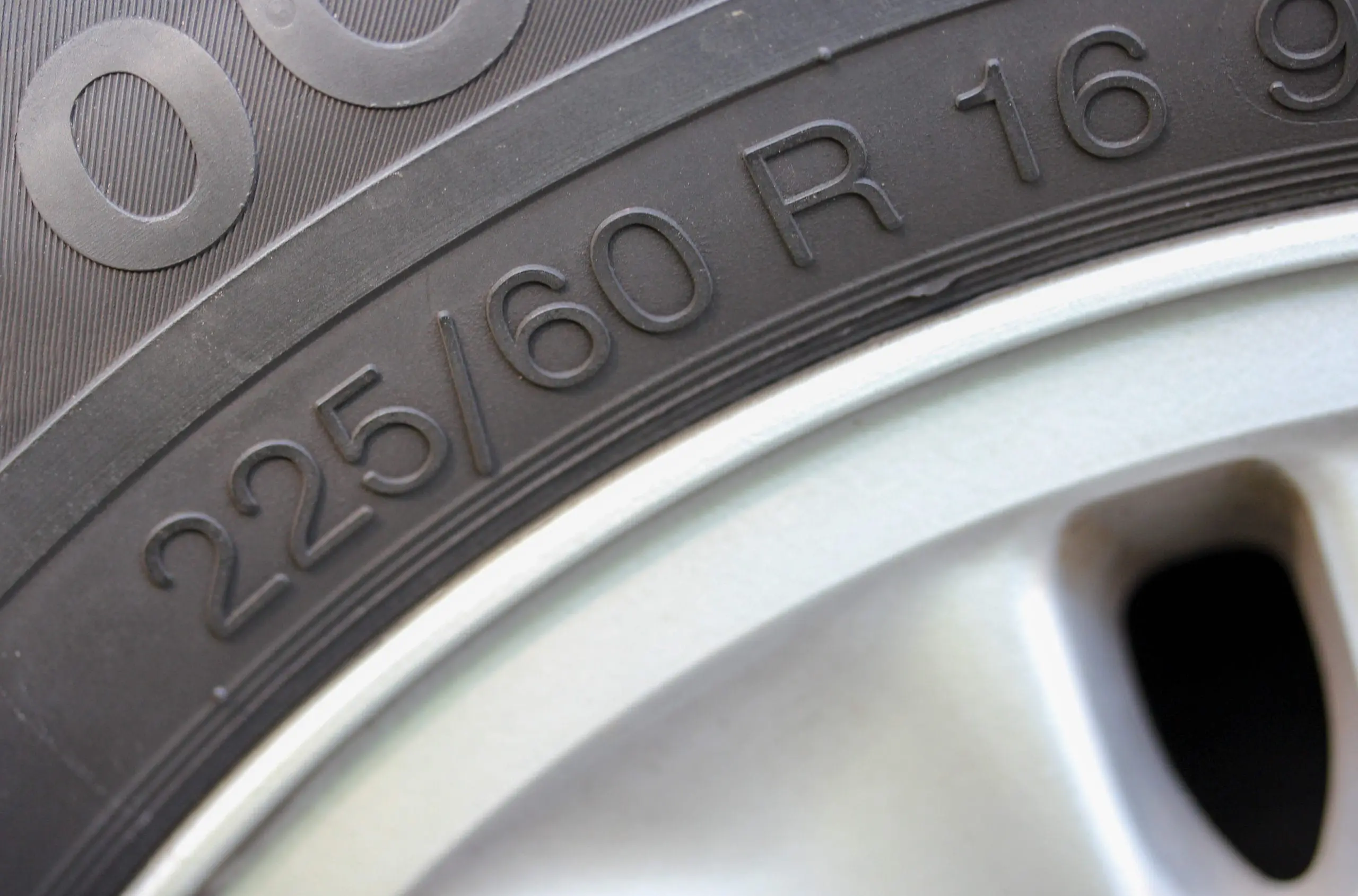What Do the Numbers on a Tire Mean?
If you look closely at the sidewall of your tire, you’ll find a series of seemingly jumbled numbers and letters that might not make much sense if you don’t know exactly what you’re looking for; so, what do the numbers on a tire mean? You might be surprised to learn that within that confusing code is everything you could ever want to know about that particular tire. And having that information available makes it easier for technicians to get the right tires for your specific vehicle.
What Information Is Listed on the Tire?
That long code molded into the side of your tire might not mean much when it’s all smashed together as it appears to be. The key is to break it out into individual sections. When you do this correctly, you can easily identify the following tire characteristics: tire type, tire width, aspect ratio, construction type, wheel size or rim diameter, load index, and speed rating.
For example, let’s pretend we’re dealing with a tire branded with the following code:

…now let’s break that into sections.
Tire Type
The first letter (or two letters) signifies what kind of vehicle the tire is intended for. P stands for P-Metric which covers most passenger vehicles (cars, SUVs, vans, light-duty trucks, etc.). Other symbols might include T (temporary spare), LT (light truck), C (commercial vehicles), ST (special trailers), and others. In the case of our example, we’re looking at a tire for a passenger vehicle.
Tire Width
The next three digits represent the tire’s wall-to-wall width in millimeters. Our example tire has a width of 215 millimeters. Nothing super complex about this one. Onto the next.
Aspect Ratio
The next two digits (“65” in this case) represent the tire’s aspect ratio. In other words, this number is representative of the percentage of the tire’s cross-sectional height compared to its width. The bigger the aspect ratio, the larger the sidewalls.
Construction
The next letter refers to the tire’s construction type and it’s almost always going to be the letter R which stands for “radial tire”. Named for the tire layers that run radially across the tire, radial tires are the standard for basically any automobile on the road today.
Wheel Diameter
Next up is wheel diameter. This number refers to the length in inches of the wheel’s diameter (15 inches in this case). Again, nothing too crazy or complicated on this one.
Load Index
Unlike the others, the next number requires a bit of decoding. This number, which is generally somewhere between 75 and 100 for passenger vehicles, refers to the tire’s load index. Of course, that doesn’t mean that our example tire can only carry 95 pounds of freight (what a terrible tire that would be). Instead, you’ll need to cross reference this number with a load index and capacity chart. There you’ll find that a 95 equates to a far more appropriate 1,521 pounds. For additional reference, a 75 would be equipped to handle 852 pounds and a 100 would be equipped for up to 1,764.
Speed Rating
This is another variable that will require some translating. The last letter in the series references your tire’s speed rating or the maximum speed your tire can handle. Our example tire is rated H which means it is capable of handling speeds up to 130 mph. The lowest speed rating you’re likely to find is a Q which tops out at around 99 mph and the highest is Z which can exceed speeds of 186 (you might find these on a fancy sports car). All that being said, it is certainly not advisable to drive anywhere close to these speeds in your automobile.
Final Thoughts
That block of letters and numbers that at first sight might seem as random as a UPS tracking number actually carries valuable information about the makeup, purpose, size, and limits of your tire. And don’t worry, you don’t have to commit this to memory and there won’t be a pop quiz in the near future. If you ever have questions about auto repair, contact us today!


